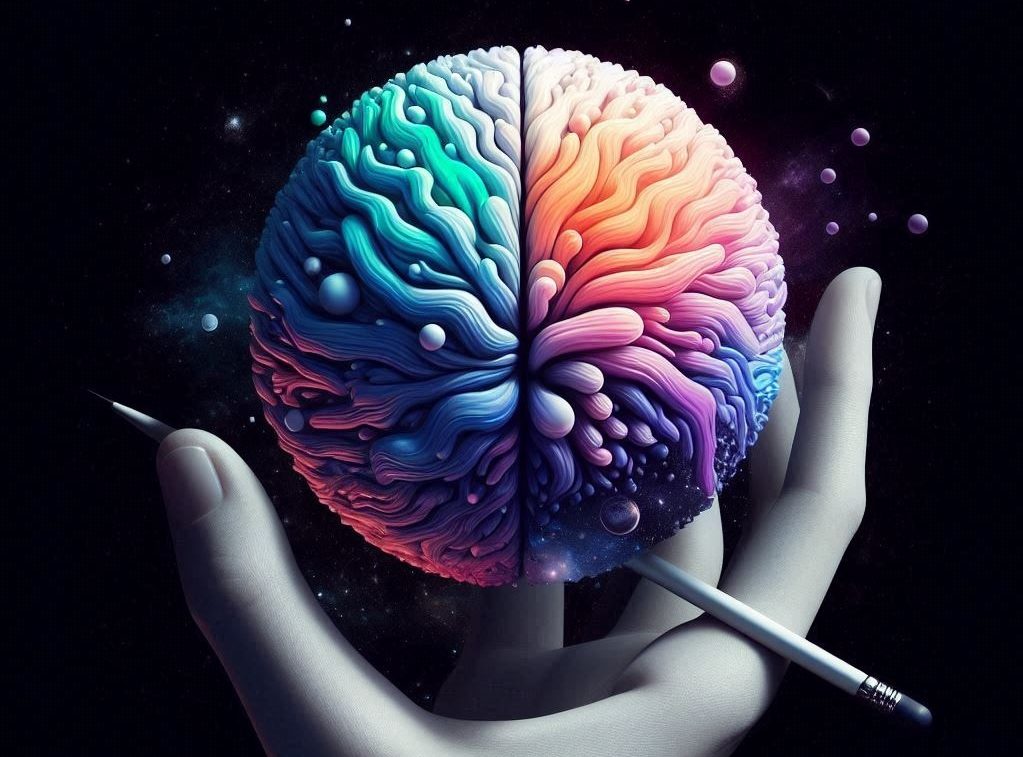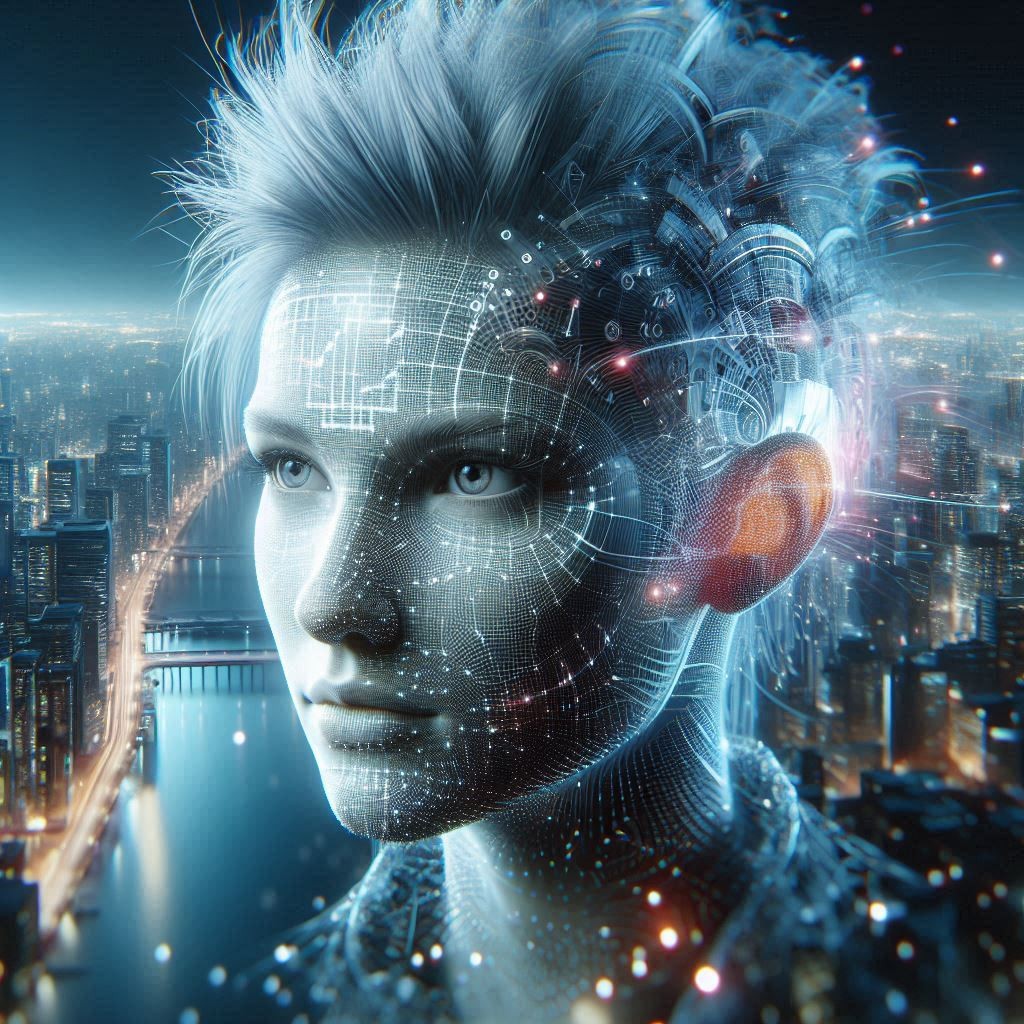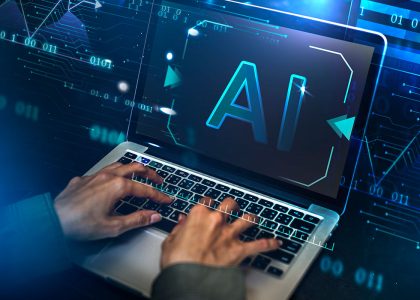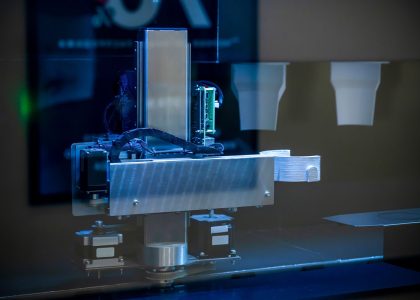Artificial Intelligence (AI) and robotics are reshaping the modern world, influencing industries, cultures, and individual lives. Among their transformative impacts is the way they intersect with the arts, bringing a mix of opportunity and ethical challenges. This article explores how AI is reshaping artistic disciplines and the societal questions that come with its rise.
Redefining Creativity: AI as a Collaborator in the Arts
AI’s ability to analyze patterns, generate content, and mimic creative processes has transformed its role in artistic creation. Rather than replacing artists, AI often serves as a collaborator.
1. Music Composition and Performance
AI systems can compose original music, analyze patterns in genres, and even produce virtual performances. Examples include generative models that create symphonies inspired by Beethoven or pop tracks tailored to listener preferences. This raises the question: who holds creative ownership of AI-generated music?
2. Visual Arts
AI algorithms now replicate artistic styles, generate unique artwork, and enhance digital design. The rise of AI-generated art brings opportunities to democratize creativity, but it also raises concerns about originality, authorship, and the value of human creativity.
3. Literature and Writing
Language models can produce poetry, novels, and screenplays. While these tools aid writers in brainstorming ideas and overcoming creative blocks, some fear they may dilute the authenticity of human storytelling.
Challenges of Authorship and Intellectual Property
One of the most pressing ethical concerns in AI-driven art is determining authorship. If an artist collaborates with AI, is the output solely theirs? Or does the AI deserve recognition? Moreover, copyright laws often lag behind technological advancements, complicating intellectual property rights for works generated with or entirely by AI.
Preserving the Human Touch in a Digital Era
As AI redefines artistic disciplines, there is a growing concern about preserving the emotional depth and cultural nuance of human art. While AI can mimic styles, it lacks personal experience and intent, which are central to art’s ability to connect with audiences on a deeper level.
Ethical Questions in Robotic Creativity
Robotics, combined with AI, extends creativity into the physical realm. For example, robotic arms that paint canvases or sculpt materials blur the line between technology and artistry. Key ethical concerns include:
- Authenticity: Is robotic art as valuable as human-created works?
- Accessibility: Who benefits from robotic art production, and is it inclusive or exclusive?
Societal Impact and Inclusivity in AI Art
AI-generated art has democratized access to creative tools, allowing individuals without formal training to explore artistic expression. However, biases in AI systems can limit inclusivity and perpetuate stereotypes. Ensuring diverse training data and equitable access to technology is critical.
The Responsibility of Artists and Developers
Artists and AI developers play a crucial role in shaping ethical guidelines for AI in the arts. Transparent collaboration, accountability, and awareness of societal impact are necessary to balance innovation with ethical considerations.
The Future of AI and Robotics in Artistic Disciplines
The integration of AI and robotics into art will continue to evolve. Key possibilities include:
- Augmented Creativity: AI as a partner that enhances, rather than replaces, human creativity.
- Hybrid Works: Projects that seamlessly combine human intuition with AI-driven processes.
- Ethical Guidelines: Development of universal frameworks to address ownership, fairness, and inclusivity in AI art.
Balancing Innovation and Ethics
AI and robotics have opened new frontiers in artistic disciplines, offering unprecedented opportunities for creativity. However, these advancements also challenge traditional notions of artistry, authorship, and ethical responsibility. By fostering dialogue and collaboration, society can navigate these challenges and embrace a future where technology and humanity coexist harmoniously in the arts.





